Chinese Headset With XR2+ Gen 2 Is An Apple Vision Pro & Quest Pro Crossover
Play For Dream’s latest headset is a blatant Apple Vision Pro clone but with a Quest Pro style rear battery and tracked controllers.
When Qualcomm announced Snapdragon XR2+ Gen 2 in January, a higher-end variant of the chipset used in Meta Quest 3, the company told UploadVR that it will power Immersed’s Visor, Samsung’s upcoming Google-powered headset, a yet-to-be-announced new HTC Vive headset, a YVR headset in China, and a fifth headset from a then-undisclosed company.
That fifth headset was revealed to be Sony’s, and HTC still hasn’t revealed its headset.
As for YVR, a Chinese standalone VR headset company, it renamed itself to Play For Dream and today at an event in Malaysia revealed its XR2+ Gen 2 headset, called Play For Dream MR.
Play For Dream MR’s design is clearly heavily “inspired” by Apple Vision Pro. But unlike the cheap Chinese knockoff we tried at CES in January, this new headset actually has the specs (though likely not the software) to rival Apple.
The XR2+ Gen 2 chipset, Qualcomm’s most powerful XR chip yet, is paired with 16GB of LPDDR5X RAM and either 512GB or 1TB of UFS 3.1 storage, depending on the model you buy.
The headset features dual 3840×3552 micro-OLED displays from BOE, higher resolution than Vision Pro‘s Sony panels, with a refresh rate of 90Hz and 92% DCI-P3 color gamut, the same as Vision Pro.
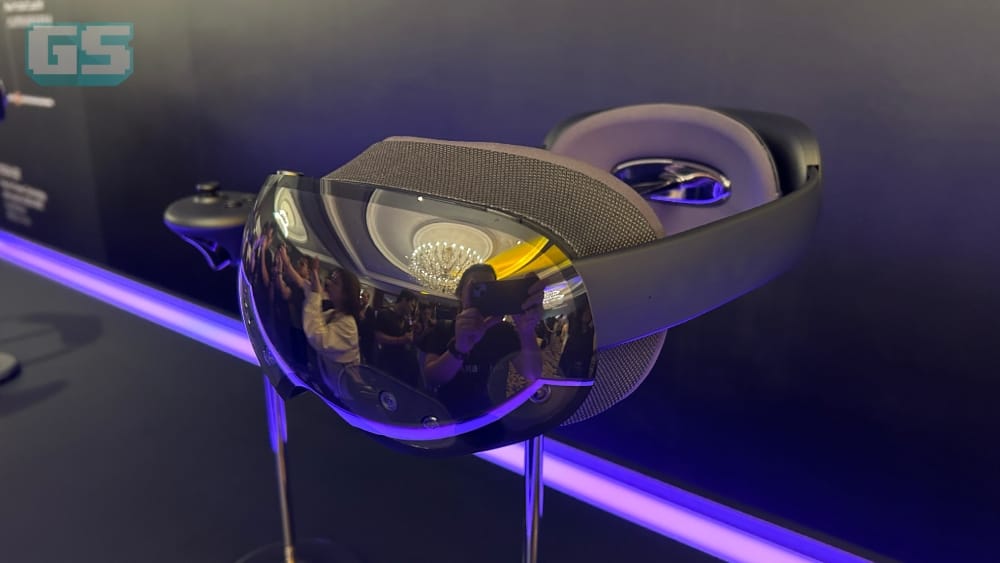
In addition to eye tracking, the headset features high-resolution color passthrough with claimed latency of 14 milliseconds, a depth sensor, hand tracking, and Touch Plus-like ringless tracked controllers.
The headset’s total weight is exactly the same as Apple Vision Pro, 650 grams, but the distribution of this weight is vastly different. A curved battery is built into the back of the strap, similar to the approach Meta Quest Pro took.
Play For Dream MR claims the visor itself, stripped of any strap or face cover, weighs just 288 grams. That compares to 478 grams for Vision Pro.
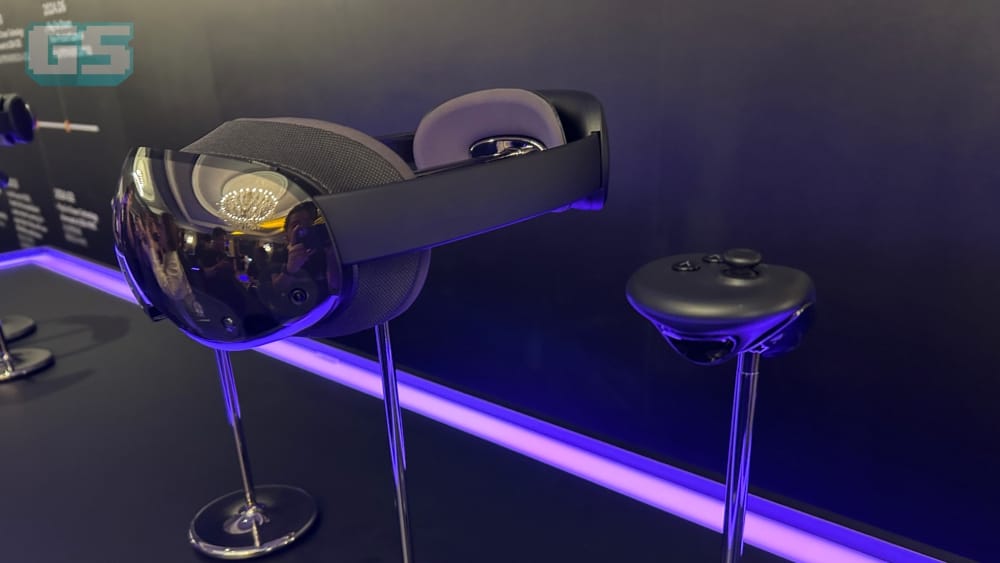
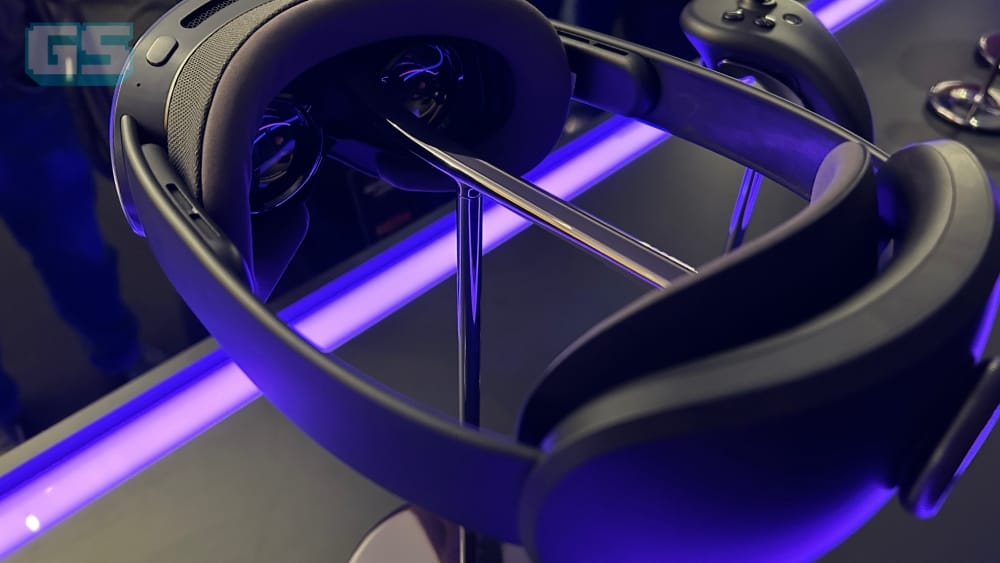
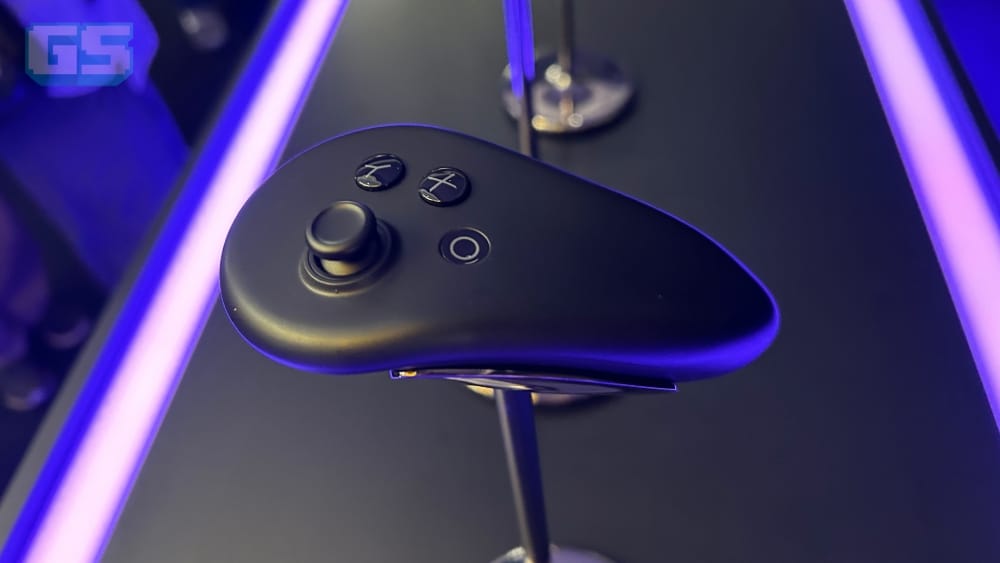
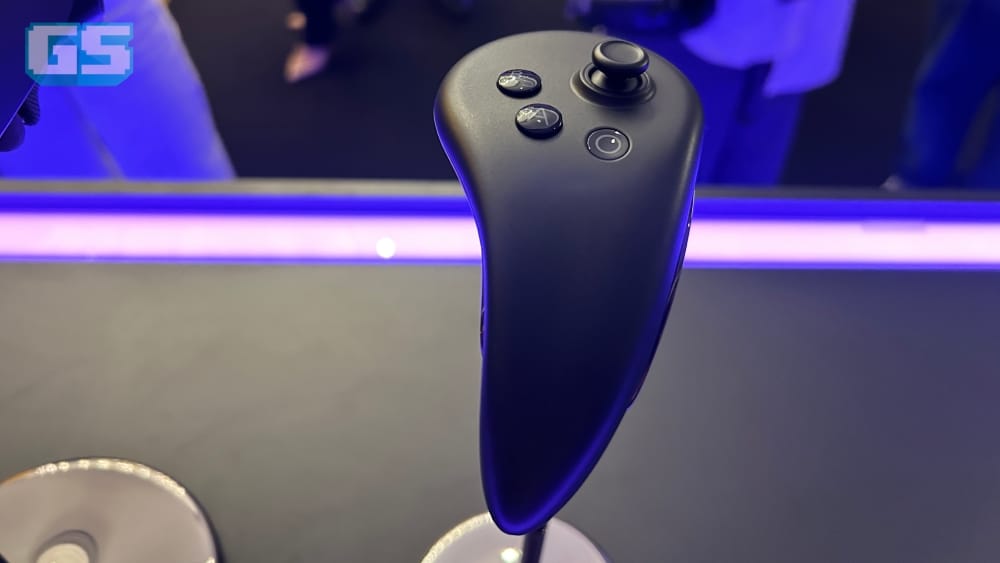
The battery at the rear of the strap can power the headset for just over 1 hour, and an included tethered external battery adds 2.5 hours for a total of 3.5 hours usage.
All in all, Play For Dream MR’s specifications and design are what we would have expected from the reportedly canceled 2024 Quest Pro 2. Meta is now working on a “way out in the future” successor instead.
But this headset doesn’t run Horizon OS, or even the Pico Store or Google’s upcoming Android XR. It runs Play For Dream’s own Android-based platform, and also supports SteamVR streaming via your home Wi-Fi network (similar to Virtual Desktop, Steam Link, and Air Link on Quest).
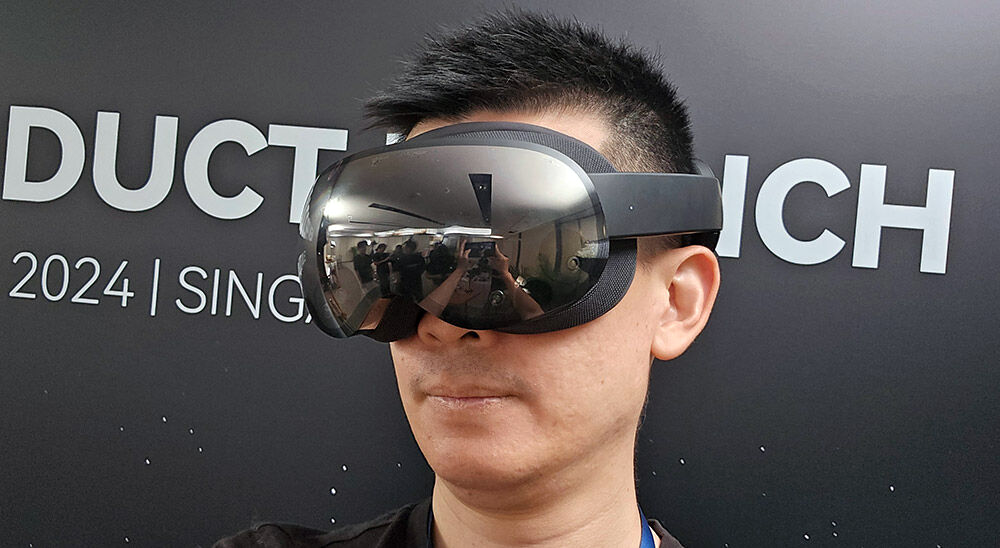
Play For Dream MR is set to launch in China soon, Singapore and Malaysia in October, and then Thailand, Indonesia, Vietnam and Japan sometime in 2025. It will be priced somewhere below $2000 equivalent. There’s no indication the company plans to launch the headset in the west, but we’ll keep a close eye on it over the next year in case it does.
